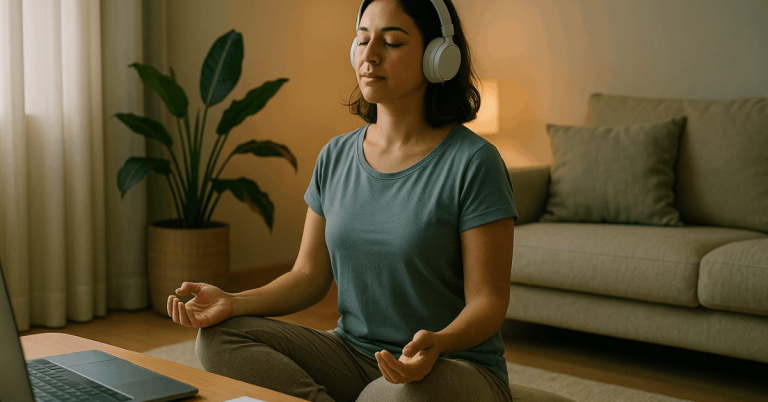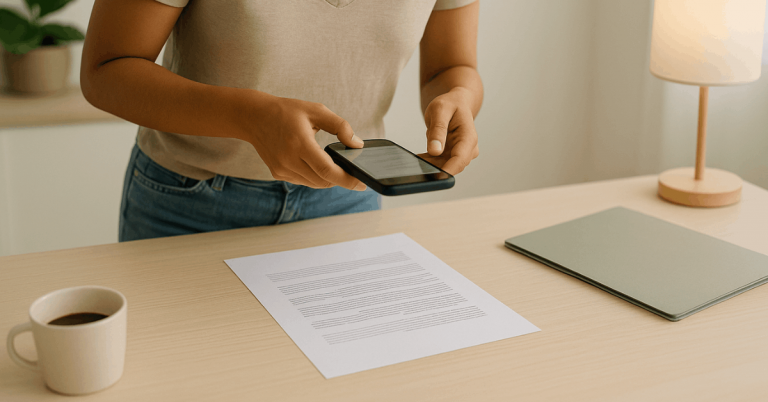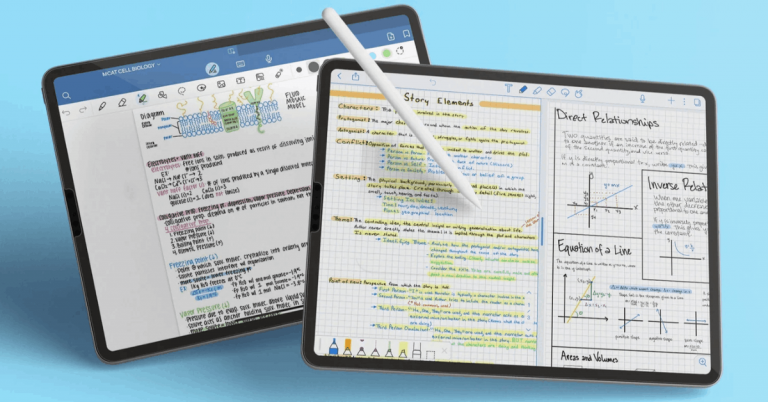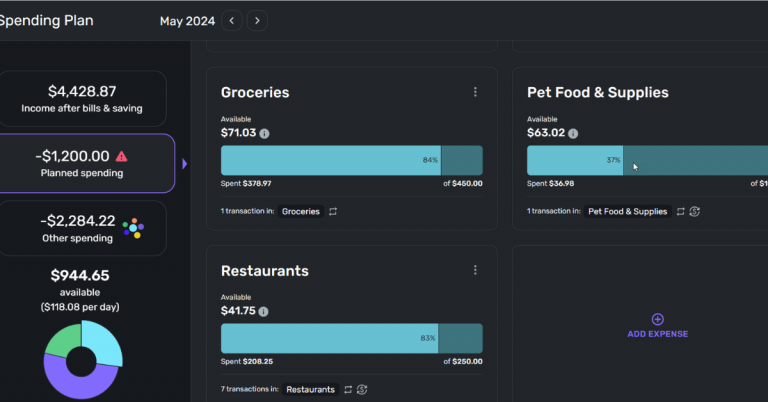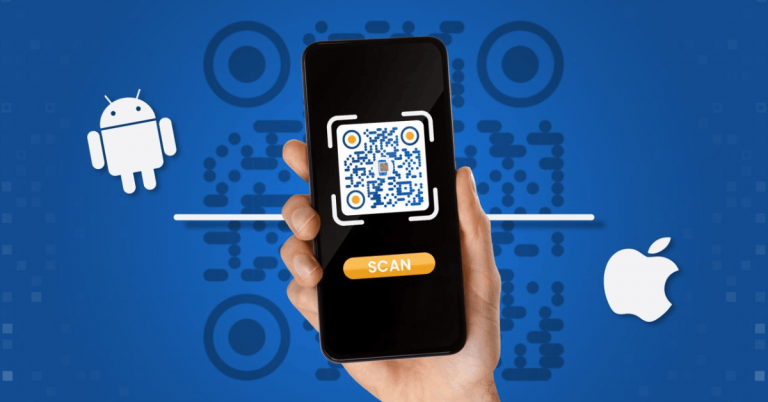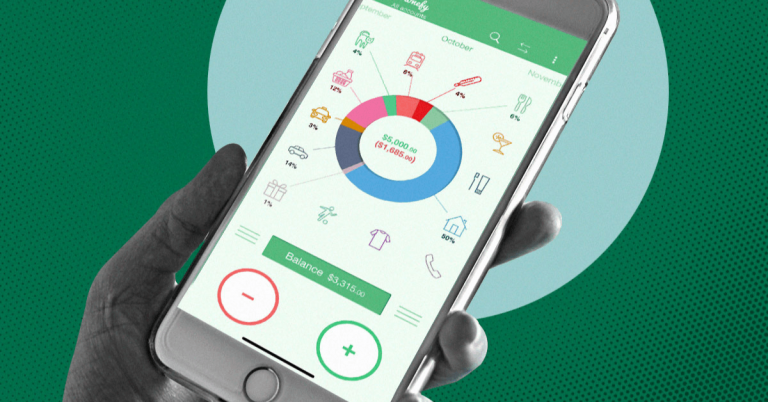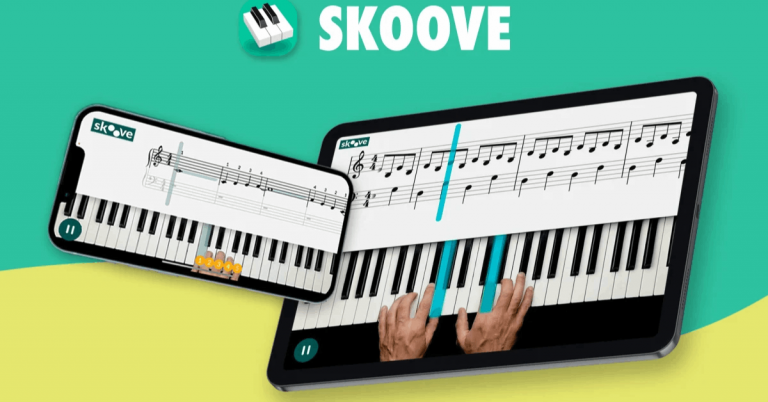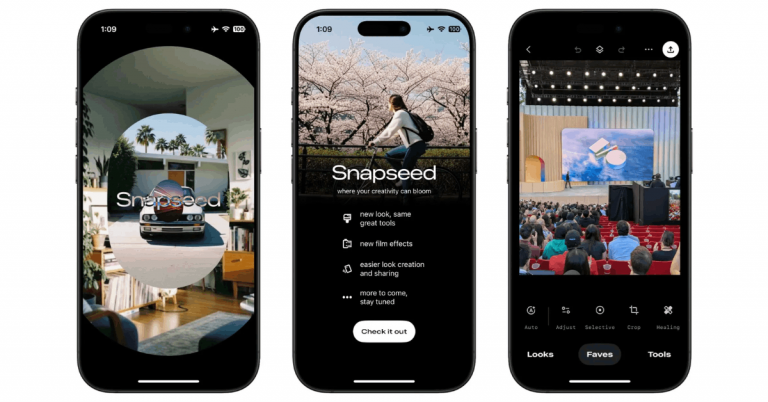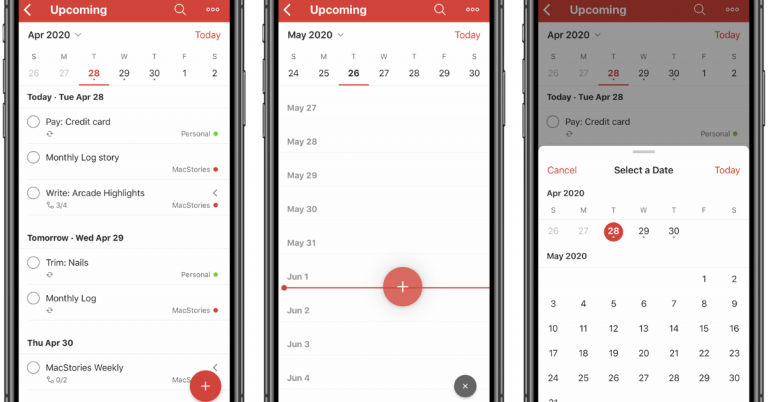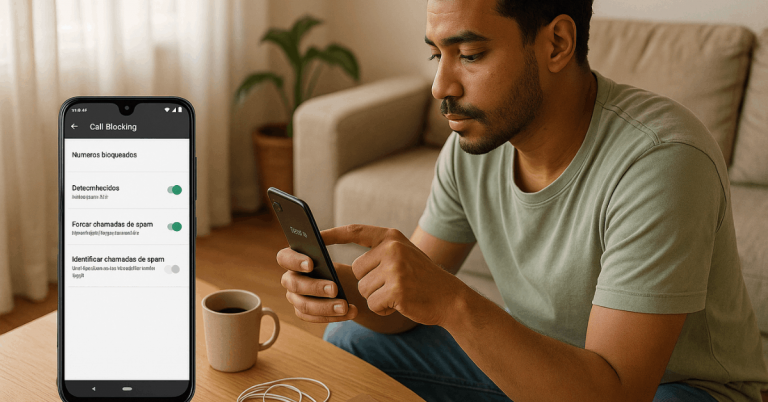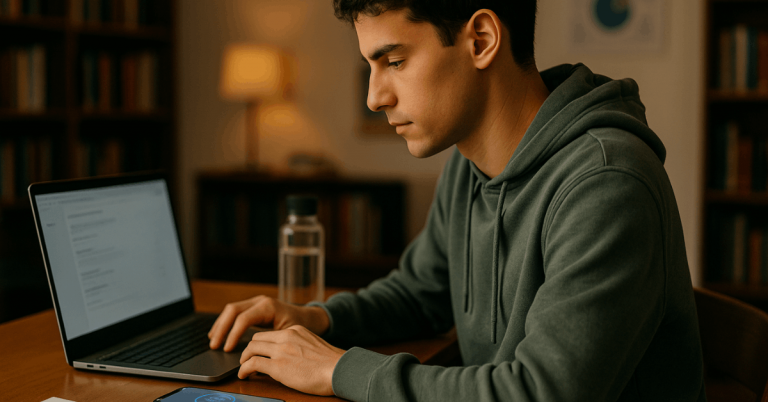Numbers matter when sleep feels inconsistent or unrefreshing. Tools to Track Your Sleep Cycle now turn nightly patterns into actionable feedback without medical appointments or lab visits.
Strong options range from lightweight rings and wristbands to under-mattress sensors and headbands that visualize sleep stages, heart rate, breathing, and environmental factors.
If better rest is the goal, these instruments help you see baselines, test habits, and measure progress week after week.
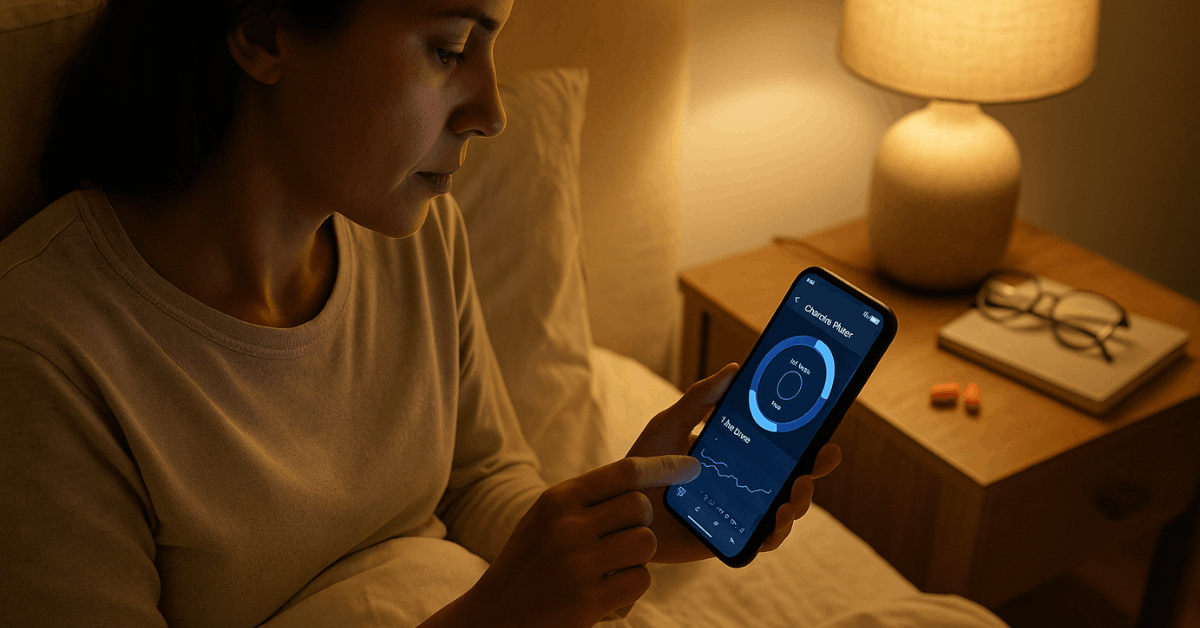
What Counts as Tools to Track Your Sleep Cycle?
Sleep trackers gather signals such as movement, heart rate, breathing rate, and sound, then use algorithms to estimate time asleep, awakenings, and sleep stages.
Wearable models monitor continuously and often add daytime metrics like steps, workouts, and heart rate variability. Non-wearable models stay under the mattress or on the bedside table to capture sleep-only data with minimal friction.
Smartphone apps contribute basic insights, especially when paired with integrated health data from watches or rings. These sleep cycle monitoring devices can’t replace medical evaluation, but they do provide trend lines that support smarter habits and clearer conversations with clinicians.
How Sleep Trackers Work and What They Measure
Optical sensors (photoplethysmography) infer heart rate and oxygen trends from blood flow at the skin’s surface, while accelerometers detect micro-movements that suggest sleep or wake.
Some advanced headbands estimate brain activity proxies; under-mattress strips derive breathing and heart rate from micro-pressure changes. Algorithms then combine these inputs to produce an overall score, sleep stage charts, and readiness or recovery indicators.
Validation studies show that actigraphy estimates total sleep time and sleep efficiency reasonably compared with gold-standard polysomnography, although stage classification remains less precise.
Types of Sleep Trackers
Choosing a category first simplifies the decision. Comfort, battery life, and the data you value most will steer the pick.
Rings and bands shine for 24/7 metrics; under-mattress sensors shine for set-and-forget simplicity; headbands add brain-focused signals but require nightly placement.
Type vs. trade-offs:
| Type | Example uses | Pros | Trade-offs | Typical cost |
| Wearable ring | 24/7 recovery, discreet form | Comfortable, all-day metrics | Small fit window, subscription on some | Mid–high |
| Wristband/smartwatch | Fitness + sleep in one | Workout features, notifications | Bulkier in bed, charging cadence | Mid–high |
| Headband/eye mask | Sleep-only depth, relaxation | Potential brain-signal insights | Setup required nightly | Mid–high |
| Under-mattress sensor | Hands-off sleep tracking | No wearing, auto-start | Sleep-only, multi-person beds complicate data | Mid |
| Smartphone app | Entry-level basics | Low cost, fast start | Limited sensors and accuracy | Low |
Are Sleep Trackers Accurate?
Evidence supports consumer devices for estimating sleep/wake patterns across many nights, especially via actigraphy, but they remain less accurate than polysomnography for staging sleep.
The American Academy of Sleep Medicine (AASM) notes that consumer sleep technology should not be used to diagnose or treat sleep disorders unless FDA-cleared and validated against clinical gold standards.
That position helps separate helpful wellness insights from medical claims. Trending your own data remains valuable; rely on clinical testing when symptoms suggest a disorder.
Non-Wearables
Non-wearables have progressed, too.
Studies of under-mattress sensors report promising results detecting moderate–severe sleep apnea in clinical populations, though performance for sleep/wake specificity can vary and clinical pathways still require formal testing.
Treat any apnea flags from wellness devices as prompts to consult a clinician, not as diagnoses.
How to Choose the Right Tracker
A short checklist prevents buyer’s remorse and keeps attention on the metrics that actually change behavior.
- Data depth that matches goals: If breathing concerns exist, prioritize respiration and oxygen estimates; if training recovery matters, prioritize heart rate variability tracking and readiness metrics.
- Comfort and wearability: Rings feel invisible; watches bring more features but may feel bulky in bed; under-mattress strips remove friction entirely.
- Battery and charging habits: Long battery life favors rings; watches need frequent top-ups; non-wearables plug in and forget.
- App quality and integrations: Favor platforms that sync with Apple Health, Google Health, or training apps and provide a clear circadian rhythm app view.
- Ownership costs: Balance hardware price with subscriptions, especially on systems that lock key analytics behind a paywall.
Best-in-Class Examples for 2025
Strong options exist for every preference and budget. Model names and availability can vary by country; verify current specs, supported features, and subscription terms on official product pages before purchase.
Oura Ring 4
A discreet ring format tracks nightly sleep, activity, temperature trends, and recovery guidance. Comfort and automatic sensing make adherence easy for long-term trend analysis. This wearable sleep tracking ring suits users who want 24/7 context without a smartwatch footprint.
WHOOP 4.0
A modular sensor pairs with bands and “Any-Wear” garments to capture strain, recovery, and sleep coaching. Training-focused analytics help align workouts with accumulated sleep debt and recovery capacity.
Rise Science Sleep Tracker
App-first design estimates sleep debt and circadian timing while integrating data from popular wearables. Behavior-focused coaching turns charts into daily routines and wind-down suggestions.
Sleepon Go2Sleep 3
Lightweight ring emphasizes nocturnal oxygen trends and movement patterns, presenting cleaned summaries by morning. Oxygen estimates are for wellness use and should not stand in for sleep apnea screening tools or clinical tests.
Bía Smart Sleep Mask
A blackout mask blocks light while embedded technology captures selected sleep signals. Relaxation features and sleep-only focus appeal to users who dislike wrist or finger devices.
Muse S Athena + App
Headband form factor targets meditation and sleep with guided programs and brain-signal-inspired feedback. The package suits users focused on relaxation routines alongside nightly metrics.
Withings Sleep
Under-mattress sensor tracks sleep, heart rate, breathing patterns, and snoring without anything on the body. Clinical studies of similar Withings analyzers suggest promising apnea detection performance, though medical decisions still require formal evaluation.
Ultrahuman Ring AIR
Ring form collects sleep, movement, and metabolic context while emphasizing recovery guidance. Early lifetime-plan promotions can reduce ongoing costs for users who prefer one-time payments.
Who Should Use a Sleep Tracker—and Who Should Skip It
Curiosity about nightly patterns, recovery for training, or inconsistent schedules makes tracking useful. If irregular shifts, jet lag, or stress disrupt rest, a device clarifies duration, consistency, and fragmentation so targeted changes become obvious.
Tracking may not help if anxiety spikes around daily scores. Score-chasing creates nighttime pressure that backfires. Those with red-flag symptoms, loud snoring, witnessed apneas, choking arousals, severe excessive daytime sleepiness, or high-risk medical histories, should seek clinical evaluation rather than self-managing through consumer tools.
Primary causes of profound daytime sleepiness often include sleep deprivation, obstructive sleep apnea, and sedating medications, which require professional care.
When To Talk to a Clinician
Persistent insomnia, unrefreshing sleep despite sufficient time in bed, or daytime impairment warrants formal evaluation. AASM emphasizes that patient-reported sleepiness carries health and safety risks and deserves systematic assessment and treatment.
Consumer devices can supply context, but only clinical pathways can diagnose conditions such as narcolepsy or sleep apnea and prescribe evidence-based therapy.
Regulatory guidance also matters. The U.S. Food and Drug Administration’s General Wellness policy outlines when low-risk products fall outside active device regulation; claims to diagnose or treat disease bring products back under medical device rules and demand evidence.
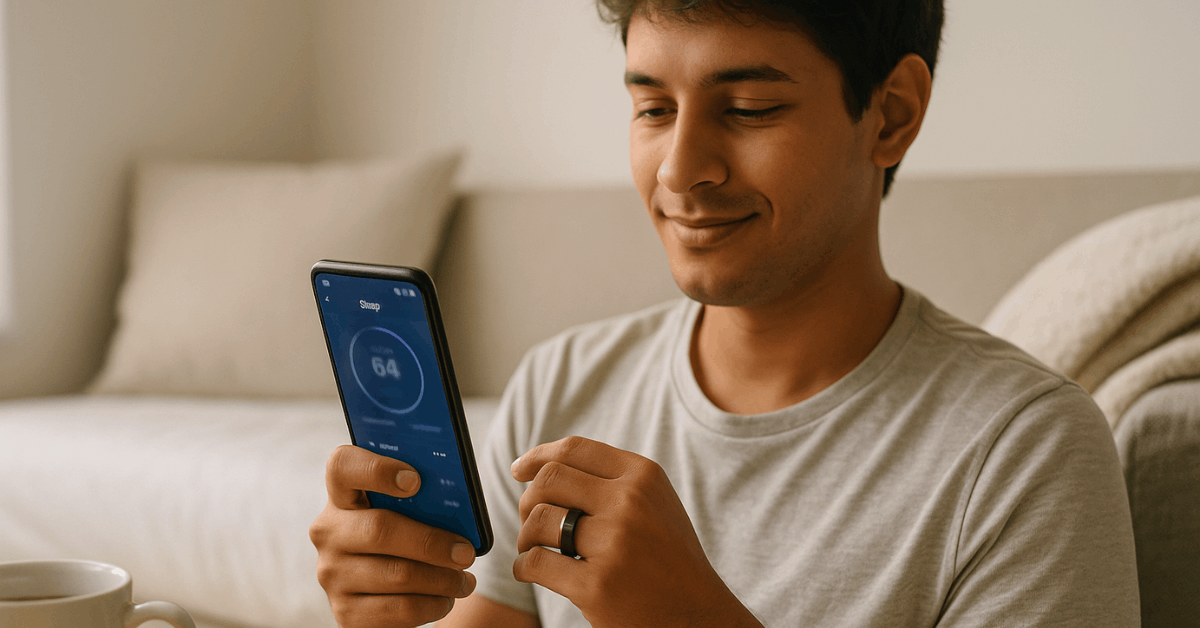
Buying and Compatibility Tips That Prevent Regret
Choosing well upfront avoids returns and feature mismatches.
- Check ecosystem fit: Confirm Bluetooth stability, phone OS compatibility, and sync with Apple Health or Google Health.
- Confirm return window and warranty: Favor brands offering at least 30-day trials and transparent repair terms.
- Evaluate subscription value: Budget ongoing fees versus lifetime access; compare what’s gated versus free.
- Verify multi-user handling: Under-mattress sensors can struggle in shared beds; confirm how profiles are separated.
- Plan charging routines: Watches charge during showers; rings top-up at desk time; non-wearables remove charging entirely.
Set Up and Data Habits That Make Tracking Useful
Solid routines turn raw data into better sleep. Establish a consistent bedtime window, keep caffeine earlier in the day, and cool the room to comfort.
Calibrate alarms to wake during light sleep where supported, then sanity-check results against how rested you feel rather than chasing perfect scores.
If abnormal trends persist, falling oxygen estimates, escalating awakenings, plummeting efficiency, escalate to clinical testing rather than tweaking settings indefinitely. Over weeks, let the data validate realistic changes such as earlier screens-off, fewer late meals, or steady training volume.
Quick Word on Safety and Claims
Wellness trackers can surface helpful patterns; they do not replace lab tests or home sleep apnea testing.
Research on under-mattress analyzers shows encouraging accuracy for apnea detection in suspected populations, yet health decisions and therapy still rely on clinician-directed diagnostics.
Keep claims in perspective, particularly when devices estimate sleep stages or oxygen saturation without explicit medical clearance.
Conclusion
Modern Tools to Track Your Sleep Cycle make hidden patterns visible and empower practical habit changes. Pick a category that fits comfort needs, confirm app quality and integrations, and favor platforms that turn metrics into clear actions.
Let multi-week trends guide routine adjustments; route potential disorders to clinicians for definitive testing and treatment.
Precision improves when consistent habits meet reliable instruments, and that combination raises the odds of deeper, steadier sleep.

